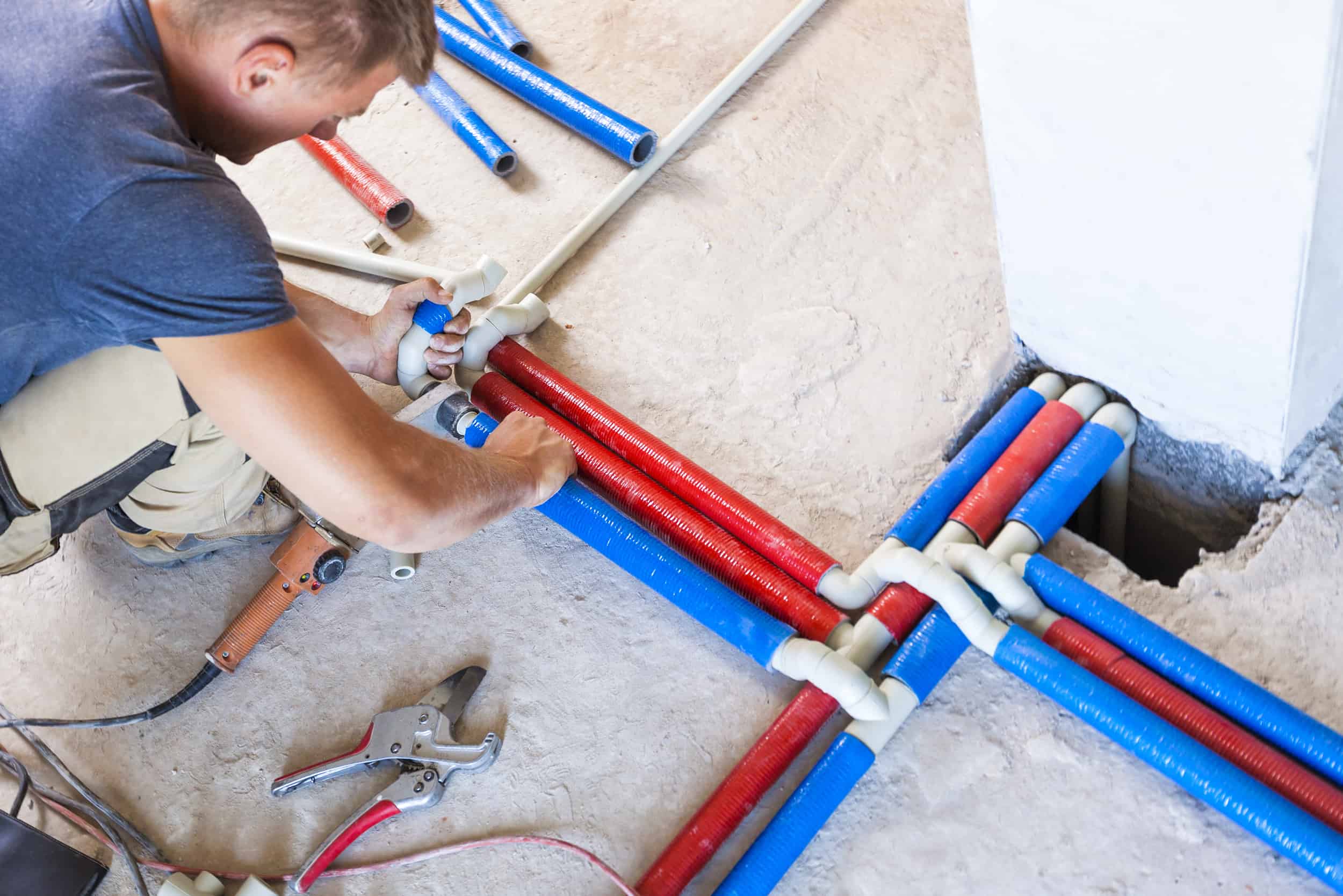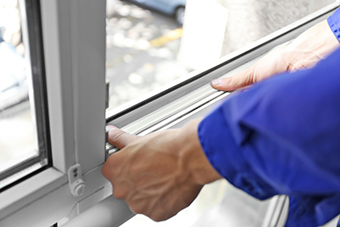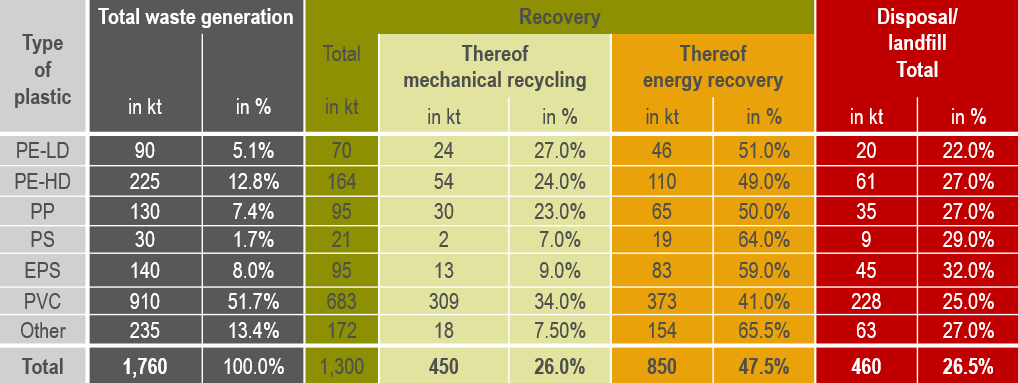
Building & construction
Plastics are used in a growing range of building and construction applications, including insulation, piping, window frames and interior design.
The building and construction sector in Europe consumes around 10 million tonnes of plastics each year (20% of total European plastics consumption), making it the second largest application for plastics after packaging. Plastic pipes, for instance, account for the majority of all new pipe installations, with well over 50% of the annual tonnage. And this share continues to grow.
Although plastics are not always visible in buildings, they are used in a wide and growing range of applications, including insulation, piping, window frames and interior design. This growth is mainly due to plastics’ unique features, which include:

Durability and resistance to corrosion
The durability of plastics makes them ideal for applications such as window frames and pipes. Furthermore, their anti-corrosion properties provide them with an impressive life span, extending to more than 100 years for plastic pipes and 50 years for underground and exterior cables.

Insulation
Plastics provide effective insulation from cold and heat, prevent energy leakage, and allow households to save energy while also reducing noise pollution.

Cost efficiency
Plastics components often cost less than traditional materials to produce and install, even in custom-made forms.

Hygiene
Plastic pipes are ideal for the safe and hygienic transportation of water. Plastics are also the ideal choice for hygienic household surfaces and floor coverings as they are easy to clean and impermeable.

Sustainability
Plastics save resources through their cost-effective production, ease of installation and durability. In a typical house, it is estimated that the amount of energy used to produce its plastic insulation products is recouped after only one year of use. Moreover, these plastics can be re-used, recycled or converted into energy.

Innovation
Plastics inspire architects to create buildings with innovative designs, features and dimensions. Moreover, the rapid pace of innovation in plastics helps to continually reduce the costs and increase the efficiency of buildings.

Easy to install, use and maintain
Plastics are easy to install, operate and maintain thanks to their light weight. In fact, maintenance can often be dispensed with. Furthermore, the flexibility of plastics means that plastic pipes can cope with soil movements.

Fire safety
Many plastic products in the building and construction sector are valued because of their fire resistance. Smoke detectors, alarms and automated firefighting systems are largely made of plastics and the success of PVC, the leading polymer in the sector, is largely due to its intrinsic fire safety characteristics. Furthermore, the Fire Safety Engineering approach – which assesses the fire behaviour of a product in different scenarios in a defined environment – is expected to be introduced into regulations, stimulating the further use of plastics to improve fire safety.
Overview of Plastic Waste from Building and Construction by Polymer and by Recycling, Energy Recovery and Disposal

Publications
Plastics – Architects of modern and sustainable buildings
Plastics insulation – a sustainable solution
Presentation
A European Multi-Criteria Evaluation and A European Multi-Criteria Evaluation and Comparison of Insulation Materials.
A presentation by Stephen Long, Ineos Styrenics International SA, Chairman of the Plastics Europe Working Group on building and construction.